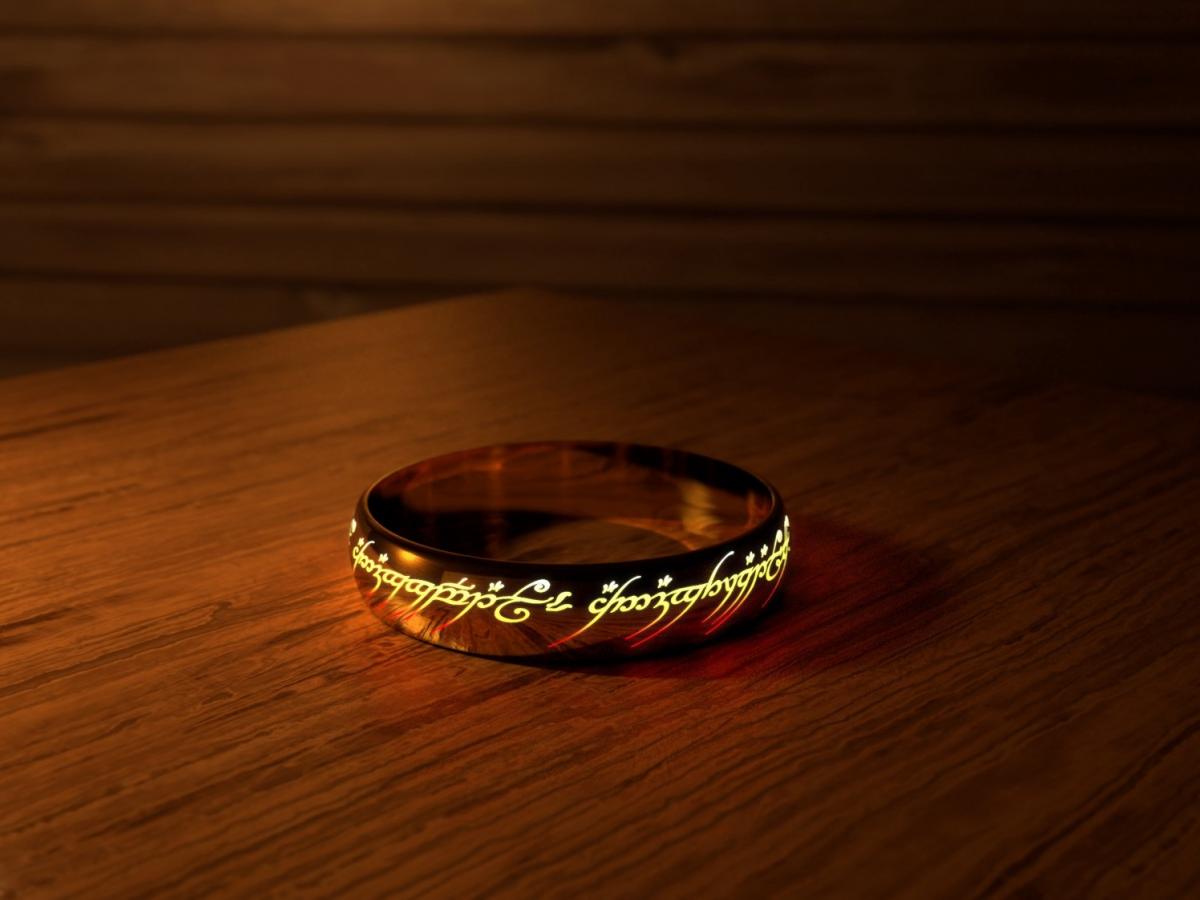One cellar door to rule them* all?
Assoc. Prof. Armando Maria Corsi
A few years ago a colleague of mine forwarded me a fascinating Youtube video by the New York Times titled “How China is Changing Your Internet”.
The video explains the difference between WeChat, the most popular Chinese app with over 1 billion active users, and the majority of other apps. You can use WeChat to do everything: chat with your friends, order food or wine, you can even have somebody coming to your house to groom your dog. All whilst never leaving the app.
This approach is advantageous for two main reasons. The first is being; everyone can be a WeChat user. Unlike the majority of the apps, where one might decide to download, say, Netflix if you’re interested in watching television shows and movies via streaming, but you might just as well not download it if one is not interested in this sort of hobby, whereas almost everyone might find it useful to download WeChat, as there something useful for everyone there. Given the key to brand growth is increasing your customer base, one can see why WeChat has a competitive advantage over other apps.
The second reason is all various transactions happening within WeChat are seamless, thus improving the customer experience and stimulating purchases. How many useless products could have we avoided to buy if Amazon didn’t make it so easy to purchase things from there? And, how many wines have we left in an online cart because of some sort of road clock during the purchasing process?
This comparison between WeChat and the more westernised approach to apps came back to my mind a few weeks ago, as I spent a much-needed long weekend in the Barossa Valley. The winery of choice for the Saturday was Yalumba. I had a wonderful time there, trying some delicious wines and chatting with extremely knowledgeable staff at the cellar door. It was, however, a very wine-related experience, which was a bit of a problem as my weekend buddies were my pregnant wife and 2-year-old son. They were very patient with me and the cellar door staff was very understanding with my son. However, I felt like I could not isolate myself from the family for too long, so we ended spending a little over an hour there, and of course, we bought a few great wines.

On Sunday, our destination was Seppeltsfield. We got there at approximately 11am, and we had a one-hour tasting, which also included a sip of a 1921 Para Vintage Tawny (professional tasting evaluation: out of this world!), but it also included a raspberry cordial. Mix that with water and my little one thought he was drinking just what his dad was having: mind-blowing! We enjoyed the wines and the experience so much that we ended up buying some wines. We exit the cellar door, walked probably 30 steps, and we entered at FINO for lunch. We were in a good mood, so we went for the FINO feast menu with matching wine flight (for me), and a mocktail for my wife. As it would have been hard to run away with a pregnant lady and a baby (other than being illegal of course), we paid for lunch.
Then we asked ourselves what else could we do? My wife loves arts and crafts, so we went first to the Vasse Virgin, the boutique soap factory, where, yes, you guessed it right, we bought a little souvenir soap. We then visited Jam Factory with all its very many artists. This is the only place where we didn’t buy anything, but the point is we could have had if we wanted to. Last but not least, we took a very nice walk all around the huge outdoor park, so our little one could burn off some energies, and his parents some calories. After so many activities, we came back to our cabin after 5pm. We spent 6 hours in one location, and each member of the family had something uniquely dedicated to them they could enjoy. We also probably left behind us a significant amount of money (probably more than what my credit card statement keeps reminding me) as we were caught in this exuberant shopping frenzy, which wasn’t interrupted by any considerations my wife and I could have had if we had to drive from one cellar door to another.
In conclusion, the idea of a cellar door offering more than a wine experience is not new to our sector. If you ever had the chance to visit South Africa, you can find many examples of wineries offering a diversified portfolio of experiences, from Fairview to Babylostoren to Delaire Graff, and we’re seeing more examples of cellars doors embracing the same concept in Australia: Seppeltsfield as mentioned above, but also Chalk Hill Collective in McLaren Vale, and Lot 100 in the Adelaide Hills are excellent examples to mention. Is the “WeChat” model the future of Australian cellar doors? And, if so, what does it take to get there?
*the customers
Study
We offer a range of business related degrees, enabling students to choose their own path and become career ready.

